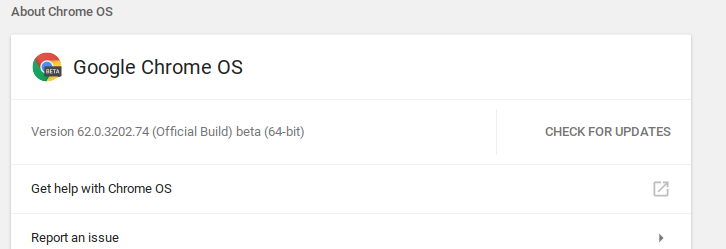We regularly see mobile carriers release commercials mocking competitors but we rarely see this with smartphone manufacturers. Samsung has been watching all of the flack reviewers are throwing at Google regarding the screen on its new flagship Pixel 2 XL. And good ol Sammy decided it's time to use Google's misstep to its advantage with a short commercial talking about the incredible screen on its own devices.
I'm in the market for a new smartphone and actually ordered a Panda Pixel 2XL from Google (scheduled to arrive Dec 18). With all of the issues, I am now considering alternatives and leaving towards a Samsung Note 8 or the upcoming OnePlus 5T.
The short well-crafted ad shows clips from various Youtube tech reviewers talking about how great the Samsung screens are (e.g. MKBHD, Unbox Therapy, Mr. Mobile and many more).
Regardless of how you feel about the Pixel 2 XL screen (some do like it), there is no debate that Samsung is the king of OLED screens. When talking about $1000 phones, companies are expected to deliver high-quality devices and I am fine with Samsung using this opportunity to win some points.






